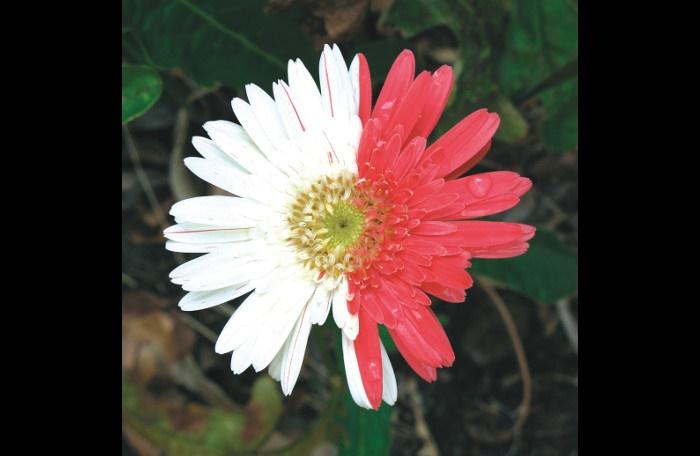Gardening: Putting annuals on display

PHUKET: All gardeners know about annuals, biennials and perennials: annuals bloom only once, and will need to be re-planted or re-sown the following year. Biennials, on the other hand, generally flower the year after they have been planted and then give up the ghost, while perennials, in the right conditions, will come back year after year.
If the distinction is sometimes blurred in a tropical garden, it is because many flowering plants in Phuket do not die back completely, as the temperature never drops low enough to kill them off. For example, pelargoniums [geraniums], which in Europe are generally grown as annuals because of winter frosts, enjoy an extended life-cycle in the tropics.
Nonetheless, general rules of thumb do apply and most annuals in your Phuket garden will flower for only one season. So why bother with them? After all, shrubs will go on year after year, often with minimal maintenance. Many reasons: annuals provide a brilliant range of colors, bloom more-or-less continuously during their solitary season, often possess both single and double forms, and generally flower at a manageable height where their striking hues can be fully appreciated.
Annuals with a low habit include petunias, impatiens [busy lissies], alyssum, gazanias, gerberas, pansies and lobelias. Taller plants include rudbeckias [black-eyed Susan], snapdragons, larkspurs, hollyhocks, statice, and cosmos daisies.
Personal favorites, because they invariably grow well in Phuket, are African marigolds [tagetes] and gomphrenas. As with the best annuals, gomphrena globosa – also known as bachelor button – produces its globular, tightly-packed flowers continuously, especially if you dead-head the old bracts. The standard color is deep magenta, but there is also a russet-red cultivar that can be readily propagated from packeted seed. As it hails from Central America, it is perfectly at home in a Thai bed or container.
A spectacular member of the sunflower family, gerberas are tender annuals that turn up in pots in some garden centers, but less often in actual gardens. It is one of the most dazzling of all the daisies, with large flowers – pink, white, red or yellow – that may be as much as twelve centimeters across, and with a striking center that consists of hundreds of tightly packed florets. Sometimes this center or capitulum is a contrasting black. Gerberas require full sun, mildly acidic soil for preference, and regular watering in the dry season.
Although they belong to the same family of asteraceae, African marigolds are much less fussy about conditions. Moreover, tagetes erecta has a happy tendency to self-seed, so last year’s crop often reappears, phoenix-like, in the form of seedlings. The large, densely petaled heads are usually chrome yellow or deep orange in color, and are often used to provide a vivid border for flower beds.
The smaller French marigold has a neater habit and russet red flowers often tipped with yellow. Both have attractive, pinnate leaves and both are said to deter certain root-eating invertebrates, such as nematodes. When crushed, the leaves exude a pleasant, musky odor. Packets of seeds are widely available, but you may be able to beg, borrow or steal some from a fellow gardener.
The zinnia originates from Mexico and like the other members of the aster family already alluded to, enjoys the sunny climate of south Thailand. Zinnia violaceae is one of the most colorful of plants. Apart from the varied flowers which range in shape from dome to daisy-like, the zinnia has a palate of colors matched by few flowers: white, yellow, orange, red, purple and even green. The flowers appear, characteristically, as single dramatic blooms at the end of long stems and are much loved by butterflies. Some gardeners grow them expressly to encourage lepidoptera.
But they are striking flowers in their own right, easy to grow from seed, and, like African marigolds, usually re-appear as seedlings in the following year. Two observations: though they grow in the wild in central America, they appreciate a moist, humus-rich soil and a modicum of shade. Otherwise they will be stunted and produce small flowers. Secondly, do not expect the re-seeded versions to replicate the colors of their parents. They may well not do so.
If you have gardening or environmental concerns, contact Patrick at drpaccampbell@gmail.com. Many of his creative and academic publications can be found at his website: Green galoshes WordPress.
— Patrick Campbell
Latest Thailand News
Follow The Thaiger on Google News:


























